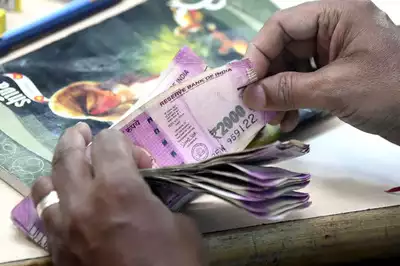The Reserve Bank of India (RBI) on May 19 decided to withdraw the Rs 2,000 denomination banknote from circulation, citing the ‘clean note policy’, a move that has triggered mixed reactions across the country.
All banks will provide exchange/deposit for these notes until September 30th. The Rs 2000 note was introduced in November 2016 under Section 24(1) of The RBI Act, 1934, to meet the currency requirement of the economy after the legal tender status of Rs 500 and Rs 1000 notes was withdrawn.
With the fulfilment of that objective, and once notes of other denominations were available in adequate quantities, the printing of Rs 2000 notes was stopped in 2018-19. The RBI claims that approximately 89% of 2000 denomination banknotes were issued prior to March 2017 and have now reached the end of their lifespan of 4-5 years.
This move differs from the sudden demonetisation event in November 2016, when the old Rs 500 and Rs 1,000 notes were rendered invalid overnight. According to analysts and economists, the withdrawal of the Rs 2,000 currency note is expected to be less disruptive as a lower value of notes is being withdrawn over a longer period of time, reported news agency Reuters.
The value of 2000-rupee notes in circulation is 3.62 trillion Indian rupees ($44.27 billion). This is about 10.8% of the currency in circulation. “This withdrawal will not create any big disruption, as the notes of smaller quantities are available in sufficient quantity,” said Nitsure.
“Also in the past 6-7 years, the scope of digital transactions and e-commerce has expanded significantly.” Hence, this won’t affect any economic growth in the country.












